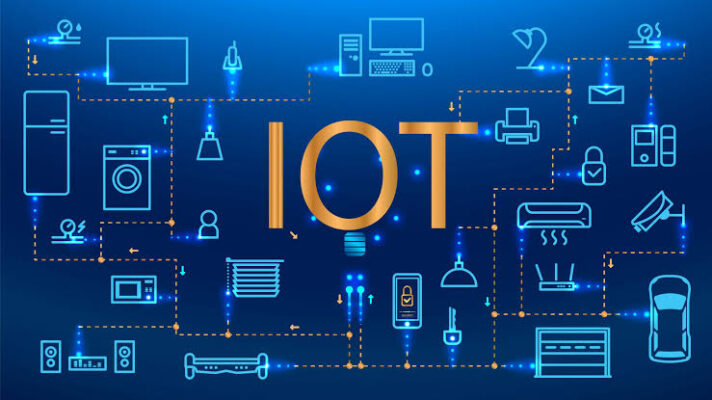
The first half of 2021 saw an array of major developments in the IoT market, from news about IoT devices and IoT platform updates to the launch of new edge computing products. Among the vendors making a splash in IoT were Microsoft, AWS, Cisco and Aruba, which each unveiled new or updated products in the edge and IoT space during the first half of the year. IoT security was another big focus, with three acquisitions of IoT security firms and a sizable funding round for IoT security rising star Armis. And speaking of IoT security, the hack of connected security cameras made by Verkada was among the other major IoT news items from the initial months of 2021. Finally, Intel announced a partnership with an up-and-coming chip designer that has implications for the company’s battle with Nvidia and Arm, as those two companies prepare to merge as soon as next March.

Internet of Things = “Sensors and actuators embedded in physical objects are linked through wired and wireless networks, often using the same Internet Protocol (IP) that connects the Internet.“
The Internet of Things (IoT) refers to a system of interrelated, internet-connected objects that are able to collect and transfer data over a wireless network without human intervention.
The personal or business possibilities are endless. A ‘thing’ can refer to a connected medical device, a biochip transponder (think livestock), a solar panel, a connected automobile with sensors that alert the driver to a myriad of possible issues (fuel, tire pressure, needed maintenance, and more) or any object, outfitted with sensors, that has the ability to gather and transfer data over a network.
Today, businesses are motivated by IoT and the prospects of increasing revenue, reducing operating costs, and improving efficiencies. Businesses also are driven by a need for regulatory compliance. Regardless of the reasons, IoT device deployments provide the data and insights necessary to streamline workflows, visualize usage patterns, automate processes, meet compliance requirements, and compete more effectively in a changing business environment.

Japan Transfers 319 Terabits Per Second, Setting Internet Speed Record
A combination of rare earth minerals, a new kind of fiber optic cable, and a fancy laser system pushed data to speeds never before seen.
Fastest Internet Speed Record: Japan Uses New Fiber Broadband Cable to Hit 319 Tbps


